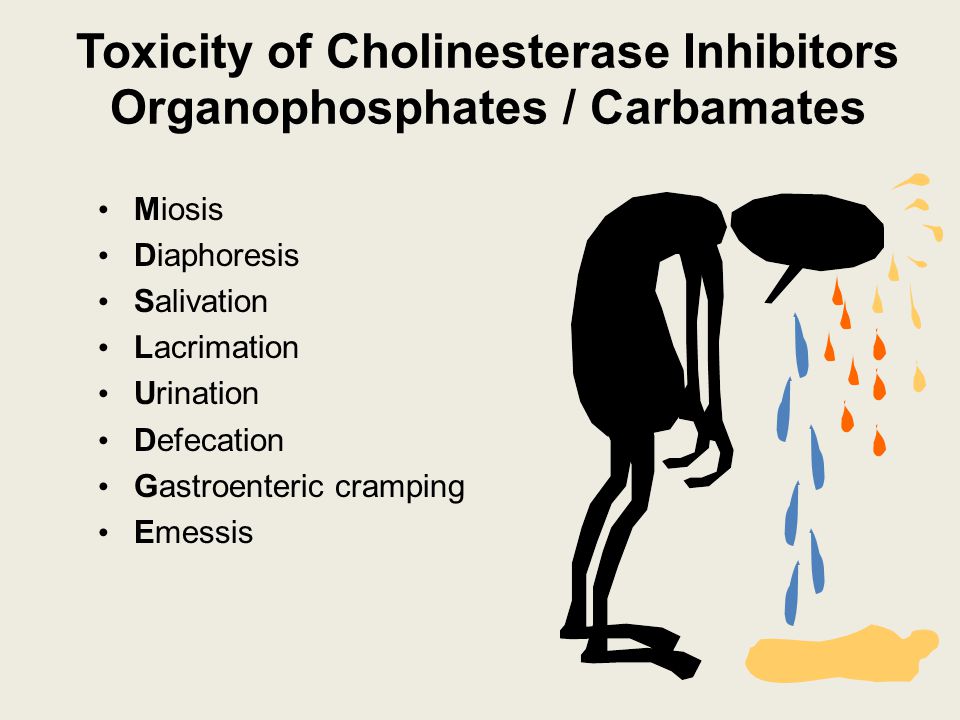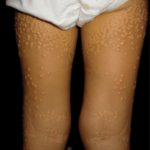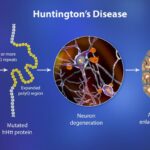Cholinesterase inhibitors toxicity represents a significant public health concern, particularly in agricultural and industrial settings. This article delves into the mechanisms, clinical manifestations, diagnostic approaches, and management strategies for this complex toxicological condition.

Understanding Cholinesterase Inhibitors
Cholinesterase inhibitors are chemical agents that impede the activity of the enzyme cholinesterase, primarily acetylcholinesterase (AChE). These inhibitors are commonly utilized in agriculture as pesticides (e.g., organophosphates and carbamates) and in medicine for treating conditions such as Alzheimer’s disease, myasthenia gravis, and glaucoma. However, excessive exposure can lead to toxicity with serious consequences.
Mechanism of Action
Cholinesterase inhibitors function by binding to the active site of AChE, preventing the breakdown of acetylcholine (ACh). This results in the accumulation of ACh at synaptic junctions, leading to overstimulation of cholinergic receptors.
Sources of Exposure
Agricultural Pesticides
Organophosphates and carbamates are widely used pesticides that pose a significant risk to farmworkers and individuals living near agricultural areas.
Industrial Chemicals
Some industrial applications involve cholinesterase inhibitors, which can inadvertently expose workers to these toxic substances.
Medical Use
Certain therapeutic agents, such as donepezil and rivastigmine, are cholinesterase inhibitors. Overdosage or inappropriate use may lead to toxicity.
Clinical Manifestations
Acute Toxicity Symptoms
The clinical presentation of cholinesterase inhibitors toxicity is characterized by a cholinergic crisis:
- Muscarinic Effects: Miosis (pupil constriction), bronchoconstriction, bradycardia, salivation, lacrimation, urination, diarrhea, and emesis.
- Nicotinic Effects: Muscle fasciculations, weakness, and respiratory paralysis.
- Central Nervous System (CNS) Effects: Anxiety, confusion, ataxia, seizures, and coma.
Chronic Toxicity
Long-term exposure can lead to neurobehavioral changes, cognitive impairments, and peripheral neuropathy.
Diagnosis of Cholinesterase Inhibitors Toxicity
Clinical History and Examination
A thorough history of exposure and clinical examination is essential for identifying signs of cholinergic crisis.
Laboratory Tests
- Plasma Cholinesterase Levels: A significant reduction indicates exposure.
- Red Blood Cell (RBC) Acetylcholinesterase Activity: Confirms the extent of enzyme inhibition.
- Toxicology Screening: Identifies specific agents involved.
Management and Treatment
Immediate Actions
- Decontamination: Remove contaminated clothing and wash exposed skin.
- Airway Management: Ensure adequate oxygenation and ventilation.
Pharmacological Interventions
- Atropine: An antimuscarinic agent used to counteract muscarinic symptoms.
- Pralidoxime (2-PAM): Reactivates inhibited AChE, particularly effective in organophosphate poisoning.
- Benzodiazepines: Manage seizures associated with toxicity.
Supportive Care
Monitor vital signs, administer intravenous fluids, and provide mechanical ventilation if necessary.
Prevention Strategies
Personal Protective Equipment (PPE)
Workers handling cholinesterase inhibitors should use appropriate PPE, such as gloves, masks, and protective clothing.
Safe Handling Practices
Follow established guidelines for the storage, handling, and disposal of cholinesterase inhibitors.
Public Awareness and Training
Educating communities about the risks of cholinesterase inhibitors can significantly reduce accidental exposures.

